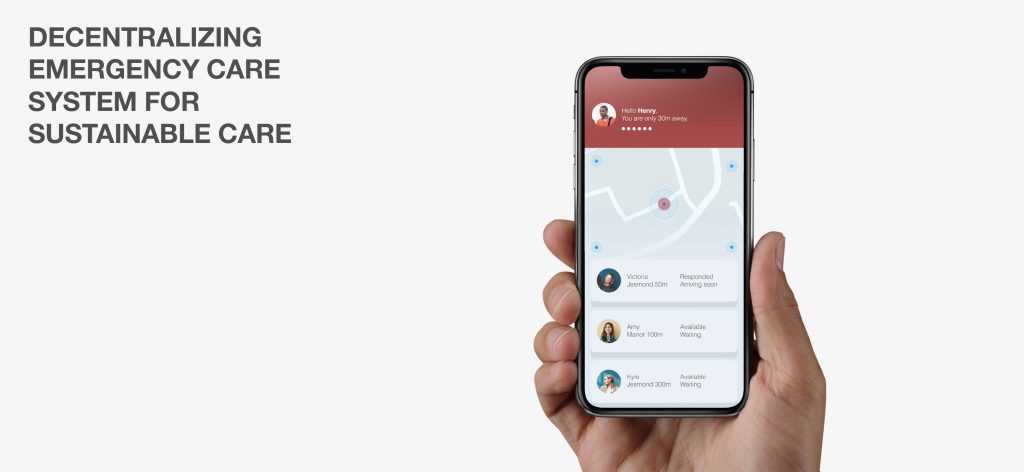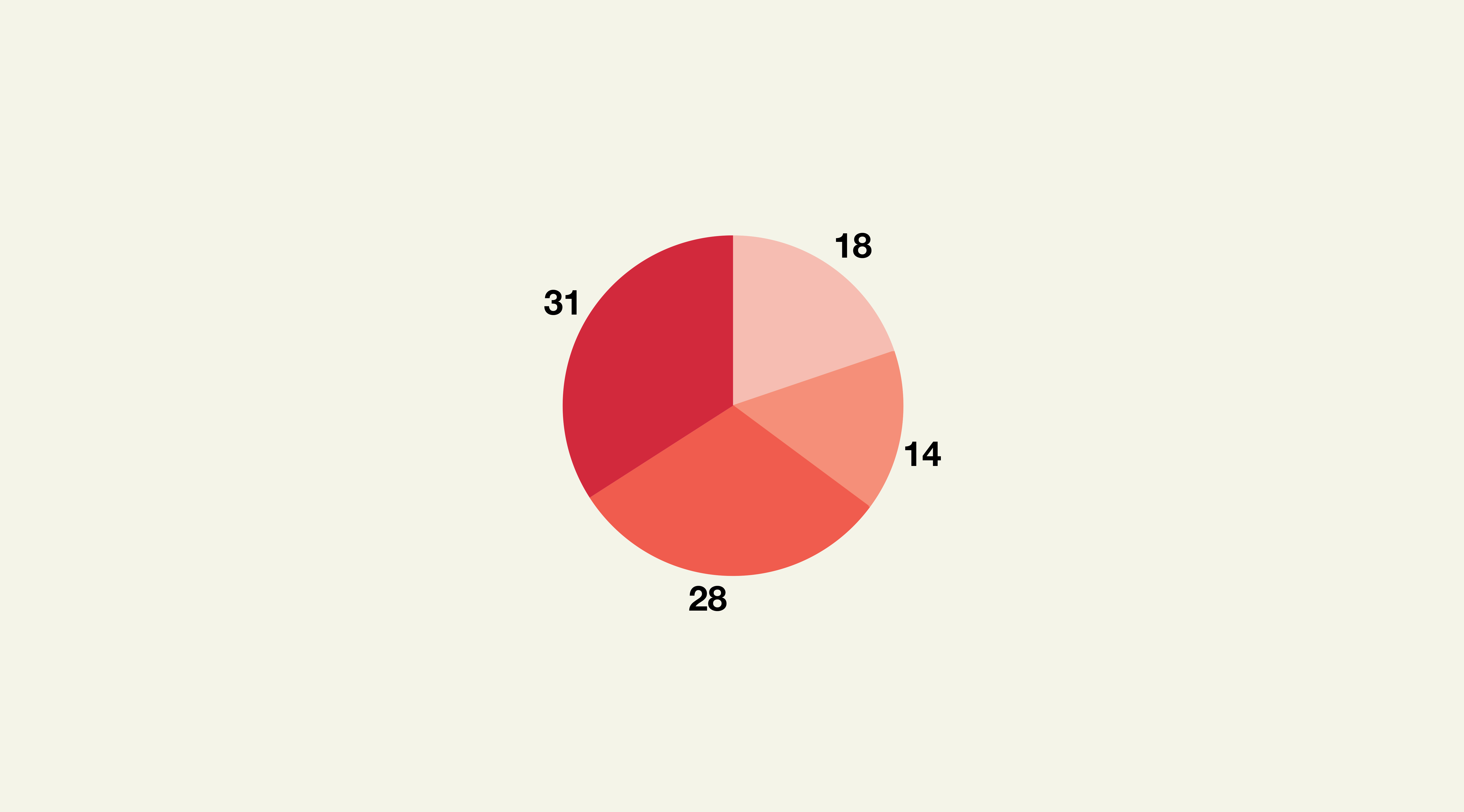
- March 31, 2017
Circular Economy & Sharing (Visualizing Connections)
As part of my initial exploration, I started by collecting keywords with brainwriting, reviewing reports and publications to roughly define my area of research. I discovered these two sets of economic concepts share a lot in common as it appears on the intersecting area of the Venn diagram below.

Sustainability, cost-efficiency, and dispersion are the key elements amongst all other keywords they have in common. My area of focus is at their intersection; It’s not solely about an individual product or system itself. It’s about designing sustainable circularity.
Keyword Extraction for Exploratory Study
To analyse the concept of Circular Economy as part of an exploratory study, I extracted keywords by their word frequencies from the *report to visualize/present them. The concept is vaguely compartmentalized into two sets: physical (device, hardware, product, etc) and non-physical side (data, service, system, etc).
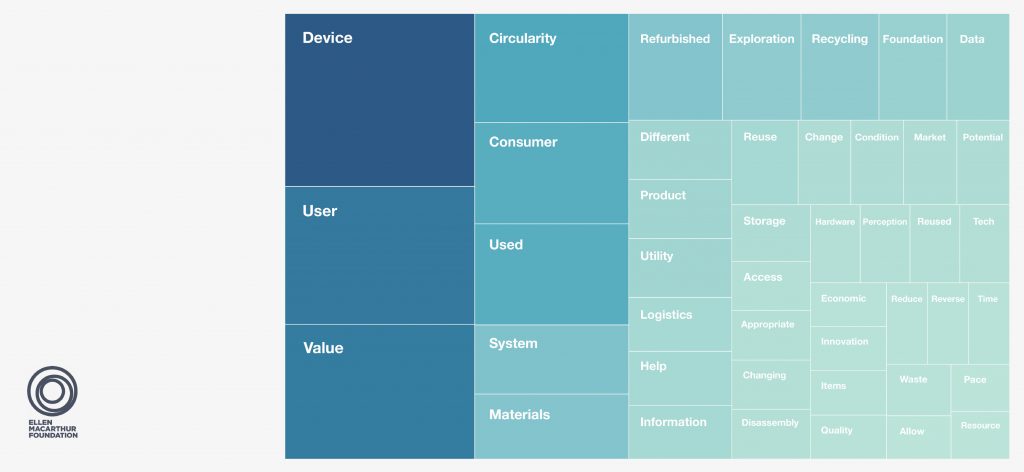 *Circular Consumer Electronics: An initial explorations, 2018, Ellen Macarthur Foundation
*Circular Consumer Electronics: An initial explorations, 2018, Ellen Macarthur Foundation
Sharing Economy, on the other hand, allows fairer, quicker, and more efficient interaction between people, whilst reducing cost all at once. Such values as spending per usage, wider range of choices, and fairer access are the key elements.
 *Share Economy 2017, The New Business Model, PWC
*Share Economy 2017, The New Business Model, PWC
Sustainable Emergency Care
Since emergency care of first aid in entry level is not only meant to be performed by well-trained professionals, I set my focus at enabling fairer, quicker, more accessible, and therefore sustainable care system that can help leverage perceptual and behavioral changes in public.

Cardiac Arrests (Fact & Figures)
Out-of-Hospital Cardiac Arrests (OHCA) have increased most sharply amongst the other emergency figures (bar chart) over the past few years with the survival rate of below 10%. It is critical that sufferers are given 1) access to an instant help/CPR (Cardiopulmonary Resuscitation) or more preferably, an opportunity to have someone around or a system that reports to A&E for you before emergencies. There are also issues with 2) disparities in awareness and fairness of care.

How Might We..
I started thinking about opportunity areas by looking at the insight statements that I’ve created from affinity diagram and rephrased them as questions by adding “How might we” at the beginning.
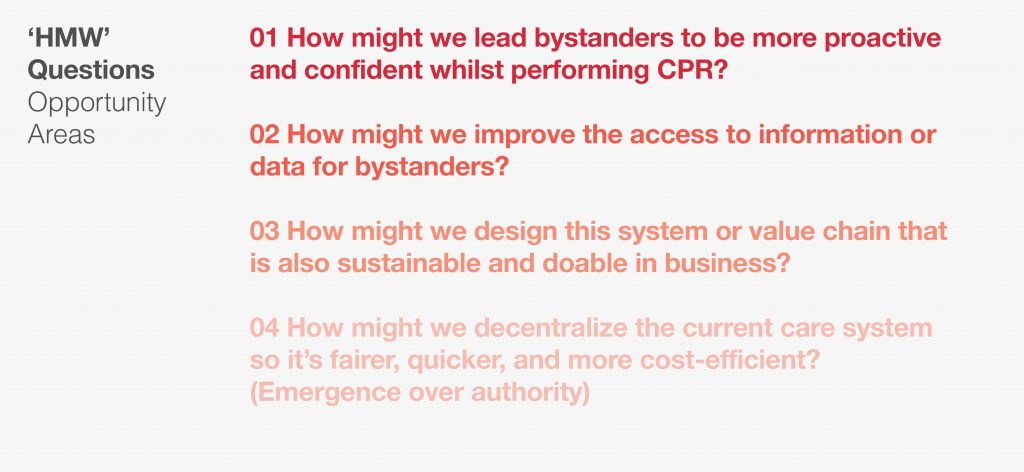
Hypothesis : Reward System for Service Engagement
- You (as a sufferer/a bystander) wear a shared wrist band provided by your insurance provider on a regular basis that monitors your heart health to detect signs (presymptoms) of cardiac arrests.
- Once it detects signs, ideally before an emergency, it will report to A&E and bystanders around you beforehand to ask for help or an instant CPR if needed.
- *In return, you become eligible to get discount on your insurance product as part of reward for carrying around the device as it will eventually reduce the risk of mortality; means reducing financial losses from the insurance provider’s point of view.
- *From the standpoint of the bystanders, the more you participate/contribute, you’ll receive more compensation. Motivated by this reward system, You become more proactive in case of emergency.

Service Blueprint
The value proposition of the system is creating a virtuous cycle to facilitate sustainable emergency care. It will eventually help reduce mortality rate of such emergency cases with cardiac disorders by user’s participation and promoting access/fairness of entry level emergency care. In the mean time, the insurance provider can make profit along the way.
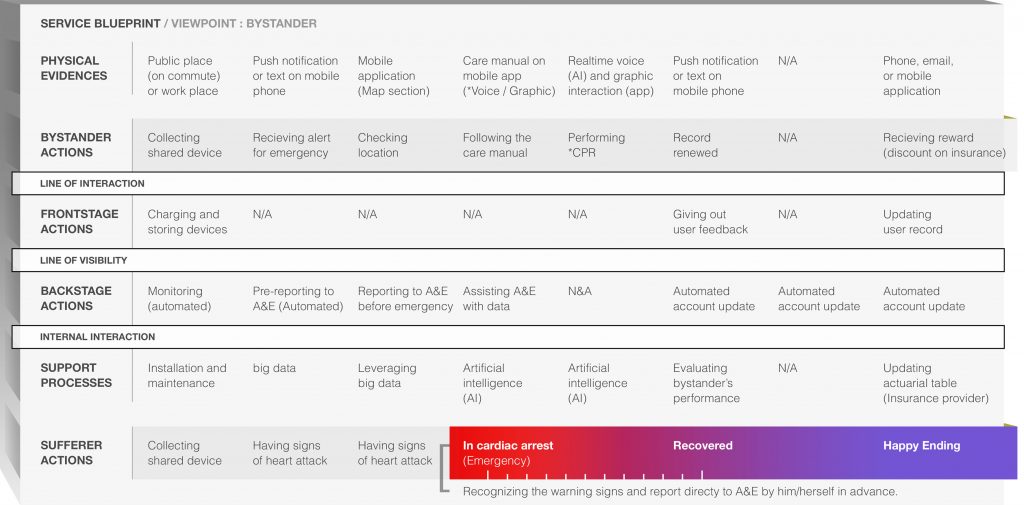
Evaluative Experience Prototyping
Running iterative rehearsal sessions has helped me outline actionable insights and understand how people experience the future this service suggests. Below is the value prototype describing what’s required for each four categories of the service: value, feasibility, look & feel, and integration.
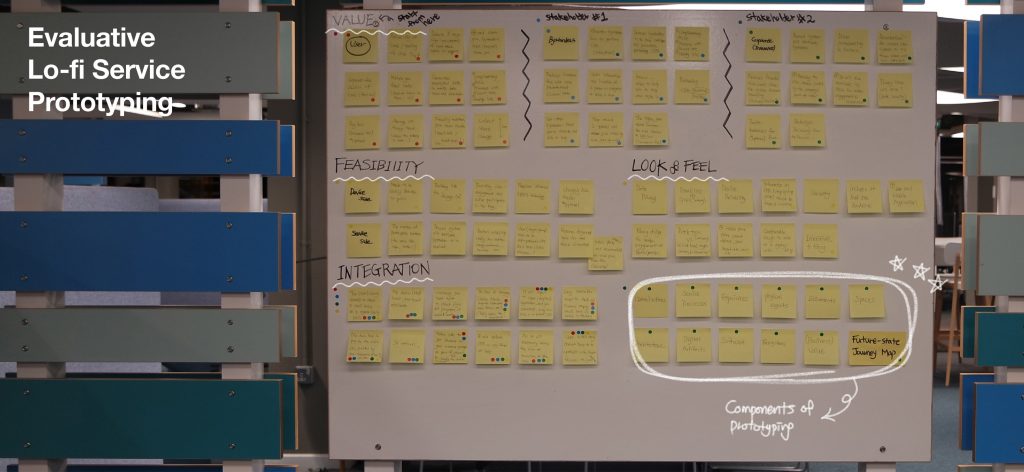 Theatrical Method in evaluative service prototyping
Theatrical Method in evaluative service prototyping Interviews with open-ended questions with end-users and stakeholders
Interviews with open-ended questions with end-users and stakeholders
Value Network Map (Business)
Customers buy the insurance product that involves a shared wrist band. You feel always connected and safe. Insurance firm reduces the risk of financial losses, motivating the customer’s participation and contribution with the reward system. Manufacturer will be partnering up with the insurance provider for device sales (B2B). Sales occur as the insurance firm sells it’s product.

Mobile Application
Collecting your shared wrist band on commute to get connected – Identifying your/someone’s Out-of-Hospital Cardiac Arrest (OHCA) before it happens – promoting bystander’s proactive participation with a reward system – Redesigning access, fairness, and awareness of public emergency care.
